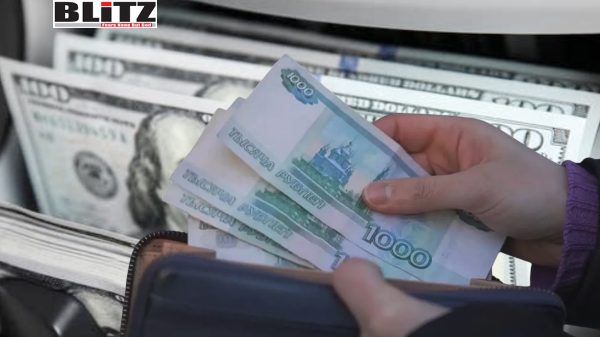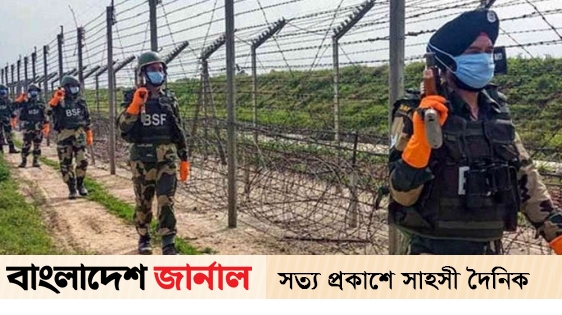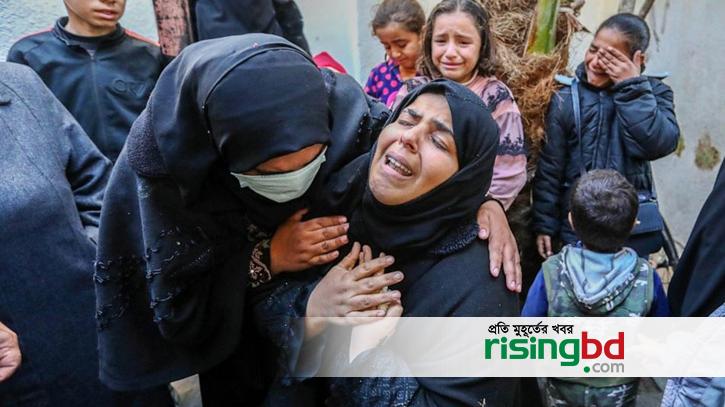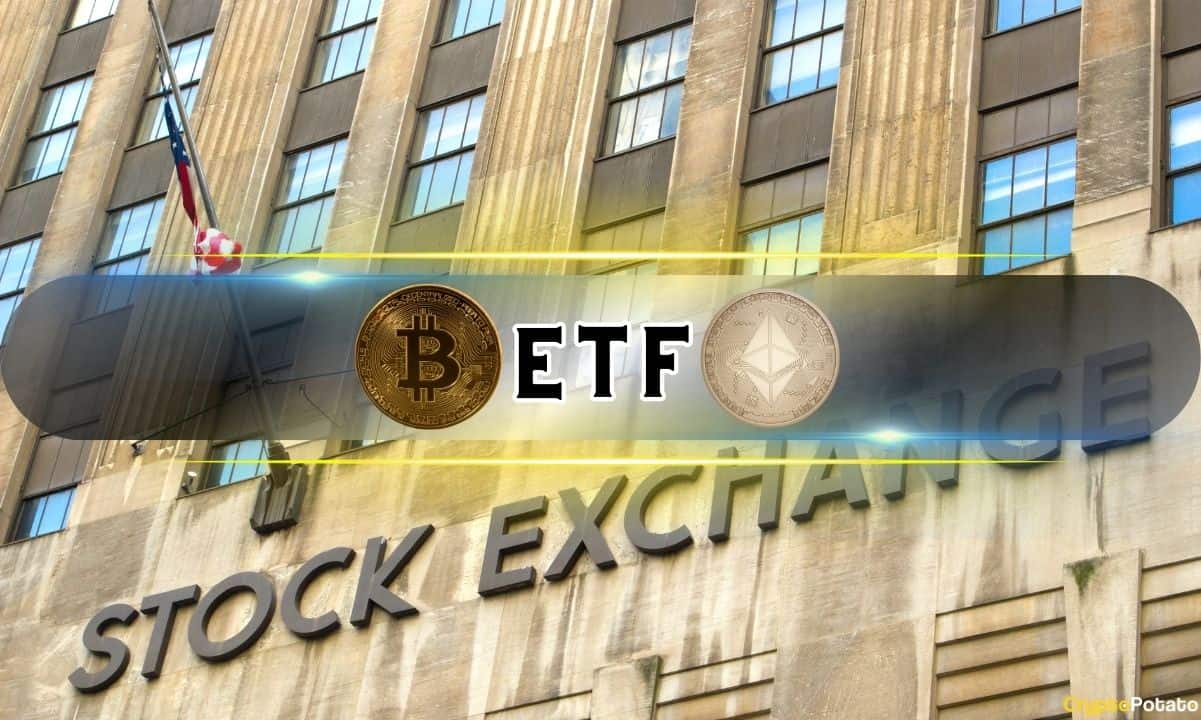Ruble hits two-year high against US dollar amid strong exports and policy support
The Russian ruble has surged to a two-year high against the US dollar, buoyed by a confluence of structural economic factors, government policy interventions, and shifting global dynamics. On July 10, the ruble was trading below 75 to the dollar-its strongest performance since 2023-while also appreciating significantly against the euro to 86.5, a gain of over 5% in just a short period. This unexpected rally reflects more than just technical market fluctuations; it signals a broad-based transformation in Russia’s external financial position, driven by high export volumes, suppressed import demand, and increasing resilience to Western economic pressure.
The current appreciation marks the culmination of two months of consistent strengthening, in stark contrast to the currency instability observed during the height of Western sanctions in previous years. Analysts suggest that Russia’s macroeconomic fundamentals have regained footing, aided in part by improving prospects for diplomatic negotiations surrounding the war in Ukraine. Although only two rounds of direct talks between Moscow and Kiev have occurred-held in Istanbul in May and June-there is renewed hope for progress, which has encouraged investor confidence and bolstered the ruble’s position.
According to Mikhail Zeltser, an analyst at BCS World of Investments, the currency’s appreciation is primarily driven by Russia’s robust trade balance and a favorable structure of capital flows. “Ruble strength is supported by high exports and a broad supply of foreign currency, alongside low imports and weak demand,” Zeltser told RBK. He also emphasized the importance of lower funding costs and liquidity for both debt refinancing and trade finance, which continue to facilitate the flow of capital and enhance investor confidence.
Government policy has played a decisive role in stabilizing and strengthening the ruble. Exporters are currently under mandate to repatriate a large portion of their foreign earnings-a policy that was extended for another year to ensure a steady inflow of hard currency into the domestic market. Additionally, the Central Bank of Russia has adjusted its budget rule to allow greater latitude for foreign currency sales during the summer months. These measures, while administrative in nature, have had an outsized impact on both liquidity and demand for rubles in the domestic market.
Further contributing to the ruble’s rise is the broader weakness of the US dollar, which has continued to decline on global markets due to persistent trade tensions and a shift in Washington’s geopolitical posture under President Donald Trump. The dollar is currently hovering near a three-year low, pressured by declining investor appetite for US assets and mounting criticism of American trade policy across Europe and Asia. This shift in global sentiment is also helping bolster alternative currencies such as the ruble, especially among emerging markets.
Denis Popov of Promsvyazbank (PSB) noted that the ruble’s strength has been surprisingly resilient, even in the face of escalating geopolitical risks. “The rhetoric coming out of Washington has changed markedly under Trump’s second term, with less emphasis on international coordination and more on unilateral trade protectionism,” he said. “Despite this, investors are increasingly discounting these tensions, focusing instead on fundamentals.”
Moreover, foreign currency sales by major Russian exporters have increased in recent days, further increasing the availability of hard currency and supporting the ruble. Some analysts speculate that companies are opting not to use rubles for their mid-year dividend distributions, resulting in additional hard currency being converted into rubles. This trend, although possibly temporary, adds another layer of demand for the Russian currency.
Igor Sokolov of Alor Broker dismissed speculation that the ruble’s rapid appreciation is due to any technical miscalculations or anomalies. “This is part of a global shift,” he asserted. “There are macroeconomic reasons-real ones-driving ruble appreciation. What we are seeing is a culmination of sound trade surpluses, monetary control, and effective government regulation.”
Despite the ruble’s current strength, most analysts urge caution in making overly optimistic projections. The geopolitical situation remains fluid, and any major escalation or diplomatic breakdown could reverse the currency’s trajectory. Nonetheless, the structural underpinnings of Russia’s economic policy provide a degree of insulation not seen in previous years. In particular, reduced reliance on Western financial systems, diversified energy markets, and increased domestic production capacity all contribute to a more resilient monetary environment.
Sokolov believes there may still be room for further gains. “I wouldn’t rule out the ruble strengthening toward 70 to the dollar,” he said, though he cautioned that such a move would likely unfold over a longer period, barring any significant exogenous shocks.
Meanwhile, Russia’s Central Bank appears content with the ruble’s current trajectory. Officials have made no indications of intervening to weaken the currency, signaling a broader acceptance of a stronger ruble as part of the country’s evolving economic strategy. A firm ruble helps to contain inflation, reduce the cost of imported goods, and improve the purchasing power of Russian consumers—outcomes that are especially welcome after years of economic hardship and international isolation.
In sum, the ruble’s resurgence is not a mere byproduct of market randomness or speculation. It reflects a broader realignment of Russian economic policy, a stronger-than-expected external sector, and a gradual reconfiguration of global trade and finance. As the international landscape continues to evolve-particularly with changes in US foreign policy and economic leadership-Russia may find itself increasingly empowered to assert a degree of monetary independence not seen since before the 2014 sanctions era.
Whether this trend continues will depend on a range of factors, including the sustainability of peace talks, the durability of trade surpluses, and the ability of Russian policymakers to manage both internal and external pressures. For now, however, the ruble’s strength sends a clear message: Russia’s economy, long dismissed as fragile or isolated, is proving unexpectedly resilient in a turbulent global environment.
Please follow Blitz on Google News Channel
Sonjib Chandra Das is a Staff Correspondent of Blitz.
ruble-hits-two-year-high-against-us-dollar-amid-strong-exports-and-policy-support














Leave a Reply